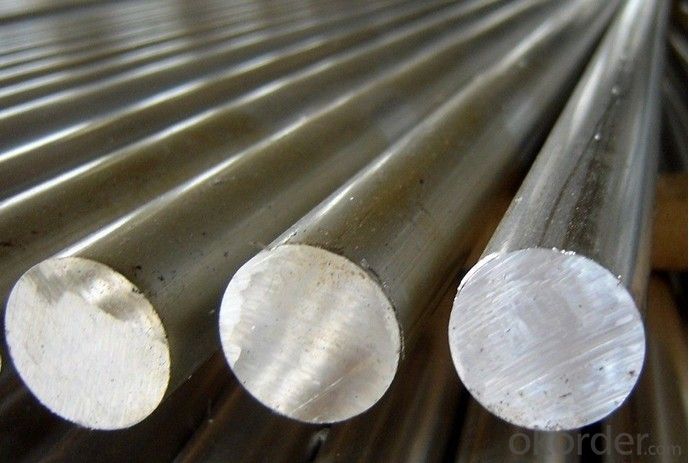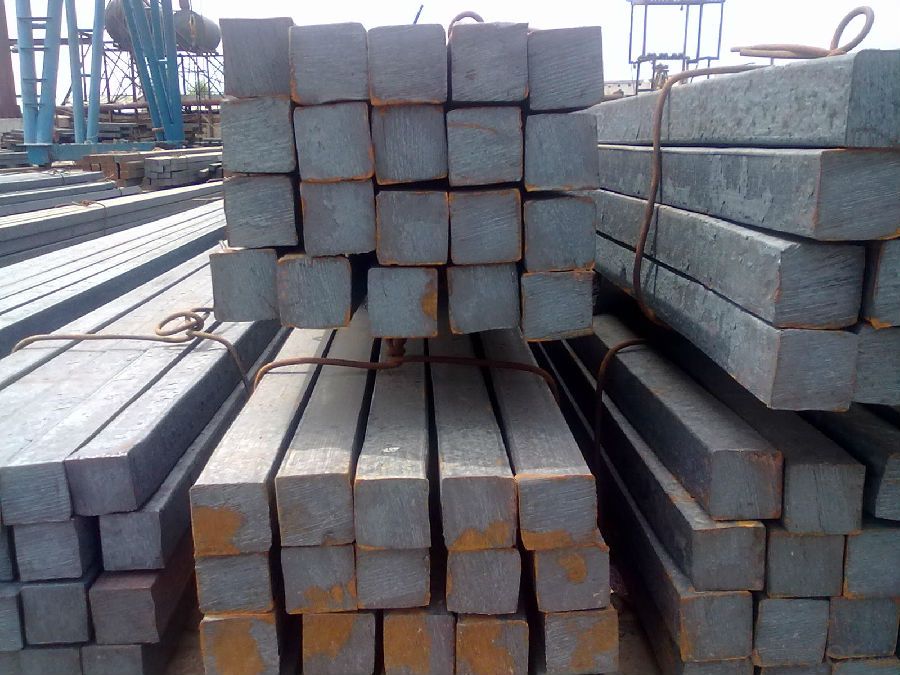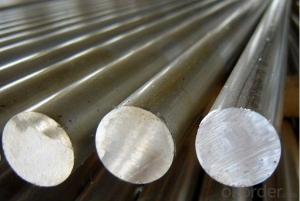Steel Billet Price for 60mm/80mm/100mm/120mm/150mm
- Loading Port:
- Tianjin
- Payment Terms:
- TT or LC
- Min Order Qty:
- 100 m.t.
- Supply Capability:
- 3000 m.t./month
OKorder Service Pledge
OKorder Financial Service
You Might Also Like
Steel Billet Price for 60mm/80mm/100mm/120mm/150mm
Specification for Steel Billet
Grade: mild steel 3sp 4sp 5sp
Dimensions: 100mmx100mm
Standard: AISI, ASTM, BS, DIN, GB, JIS, steel billet
teel billet length:: 3m-12m
billet steel grade:: 3sp 4sp 5sp q235 q195 q255 q275 20mnsi
Main Features for Steel Billet
| Type : | steel billet |
| Steel Grade: | 3sp 5sp q195 q235 q255 q275 20mnsi ,astm a615 gr.60 |
| Size: | 60x60mm-150x150mm |
| Length: | 2m-12m . |
| Processing: | Hot rolled continous cast. |
| Application: | Wire rod , rod , deformed bars , profile steel , mechine parts , and steel mould ect . |
| Packing: | Loose Packing. |
| MOQ: | 1000Tons |
| Delivery Time: | 25days |
| Payment: | T/T , L/C,West Union , Cash . |
| Trade term: | FOB, CFR, CIF ,EXW. |
| Trans term: | FIO ,FILO ,FLT. |
Datas Chart for Steel Billet
Steel billet Steel Grade C(%) Mn(%) Si(%) P(%) S(%) Q235 ≤0.20 ≤1.40 ≤0.35 ≤0.045 ≤0.045 Q275 ≤0.22 ≤1.50 ≤0.35 ≤0.045 ≤0.045 20MnSi 0.17-0.25 1.20-1.60 0.40-0.80 ≤0.050 ≤0.050 3SP 0.18-0.22 0.60-0.85 0.05-0.30 ≤ 0.040 ≤0.050 5SP 0.28-0.37 0.80-1.00 0.15-0.30 ≤ 0.040 ≤0.050
FAQ
Q:Why should choose us?
A:Stable quality ----continous casting hot rolled production techenic, strictly quality control system.
Lower price -------Not the cheapest but the lowest price at the same quality .
Good service -----Satisfactory service within 24hours.
Delivery time ------15-25days for the mass production .
Discount---------------discount base on monthly large quantity purchase in long term.
Pictures:


- Q:How are steel pipes tested for quality control?
- Steel pipes are tested for quality control through various methods such as visual inspection, non-destructive testing, and physical testing. Visual inspection involves checking the pipes for any visible defects or inconsistencies in their appearance. Non-destructive testing methods like ultrasonic testing, magnetic particle testing, and radiographic testing are used to detect internal flaws or defects without damaging the pipes. Additionally, physical tests like tensile and impact testing are performed to evaluate the mechanical properties of the pipes. These comprehensive testing techniques ensure that steel pipes meet the required quality standards before they are used in various applications.
- Q:Can steel pipes be used for pharmaceutical manufacturing?
- Yes, steel pipes can be used for pharmaceutical manufacturing. Steel pipes are commonly used in various industries, including pharmaceutical manufacturing, due to their durability, strength, and resistance to corrosion. In pharmaceutical manufacturing, steel pipes are primarily used for fluid transportation, such as the transfer of chemicals, solvents, and other raw materials. They are also used for the distribution of process water, steam, and other utilities. Stainless steel pipes are particularly preferred in pharmaceutical manufacturing as they are highly resistant to corrosion and can withstand high temperatures and pressures. Moreover, stainless steel pipes have smooth surfaces, which prevent the accumulation of particles and facilitate easy cleaning and sterilization, essential requirements in pharmaceutical production. Overall, steel pipes are a reliable and suitable option for pharmaceutical manufacturing due to their robustness, resistance to corrosion, and ability to meet the stringent cleanliness and hygiene standards of the industry.
- Q:Can steel pipes be used for conveying slurry?
- Indeed, steel pipes possess the capability to serve as a conveyance for slurry. In numerous industries, steel pipes find extensive usage in the transportation of diverse fluid varieties, including slurry. Slurry, a liquid containing suspended solid particles, is effectively accommodated by steel pipes due to their robustness, endurance, and corrosion resistance. The adeptness of steel pipes in managing such mixtures is further enhanced by their ability to handle high pressures and temperatures, rendering them suitable for conveying slurry in arduous applications like mining, dredging, and wastewater treatment. Moreover, the ease of welding steel pipes enables the construction of lengthy pipelines that efficiently facilitate the transport of slurry across considerable distances. Nonetheless, it is vital to consider the specific attributes of the slurry being conveyed, such as particle size, density, and abrasiveness, to ensure the selection and design of pipes that guarantee optimal performance and longevity.
- Q:What are the different types of steel pipe supports for offshore platforms?
- There are several types of steel pipe supports commonly used for offshore platforms, including but not limited to: 1. Clamps: These are used to secure and fasten pipes to the support structure, providing stability and preventing movement. 2. Hangers: These are used to suspend pipes from the support structure, allowing for flexibility and reducing stress on the pipes. 3. Guides: These are installed to control the movement and alignment of pipes, ensuring they stay in place and prevent damage during operation. 4. Shoes: These are used to support and distribute the weight of the pipe, typically at points where the pipe intersects with the support structure. 5. Saddles: These are designed to cradle the pipe and provide support, typically used for horizontal or inclined pipes. Each type of steel pipe support serves a specific purpose in ensuring the integrity and functionality of the offshore platform's piping system.
- Q:Can steel pipes be used for underground stormwater systems?
- Indeed, underground stormwater systems can utilize steel pipes. Renowned for their resilience and robustness, steel pipes are apt for enduring the pressure and burden of such systems. Furthermore, steel pipes possess remarkable resistance against corrosion, a crucial attribute when handling stormwater potentially laden with diverse pollutants. Nevertheless, it is imperative to adequately coat and safeguard the steel pipes to avert any potential corrosion or harm over time. Routine maintenance and inspections should also be undertaken to guarantee the integrity of the steel pipes and the overall efficacy of the underground stormwater system.
- Q:45 and 316 which steel tubes are of high hardness?
- This depends on the heat treatment state, if 45 steel, 314 stainless steel without heat treatment, 316 stainless steel hardness, if the heat treatment, that is 45 steel hardness.
- Q:Can steel pipes be used for electrical conduits?
- No, steel pipes cannot be used for electrical conduits. Electrical conduits need to be made of materials that are non-conductive and provide protection for the electrical wiring. Steel is a conductive material, so it poses a risk of electric shock and can cause interference with the electrical signals.
- Q:How are steel pipes protected against internal corrosion?
- Steel pipes are protected against internal corrosion primarily through the use of protective coatings such as epoxy or polyethylene. These coatings act as a barrier, preventing contact between the steel surface and corrosive substances present in the transported fluids. Additionally, corrosion inhibitors are often added to the transported fluids to further reduce the likelihood of internal corrosion. Regular inspections and maintenance are also carried out to identify any potential corrosion issues and address them promptly.
- Q:How are steel pipes used in the textile industry?
- Steel pipes are used in the textile industry to create a network of pipes for transporting water, steam, and other fluids that are crucial for various processes such as dyeing, washing, and finishing fabrics. These pipes ensure the efficient and reliable supply of these fluids, contributing to the smooth functioning of textile manufacturing operations.
- Q:What are the different methods of pipe inspection for steel pipes?
- Steel pipes can be inspected using various methods. Here are some commonly employed techniques: 1. Visual Inspection: Trained inspectors visually examine both the exterior and interior of the pipe to detect any visible defects or abnormalities. This preliminary method is often used before more advanced techniques are applied. 2. Magnetic Particle Inspection (MPI): By applying a magnetic field to the steel pipe and iron particles to its surface, inspectors can identify surface cracks or defects. Leakage of magnetic flux caused by these abnormalities can be detected with this method, which is particularly effective for ferromagnetic materials. 3. Ultrasonic Testing (UT): UT is a non-destructive testing method that utilizes high-frequency sound waves to identify internal defects or anomalies in steel pipes. A transducer sends ultrasonic waves into the pipe, and reflections or echoes of the sound waves are analyzed to determine the presence of defects, such as corrosion, cracks, or variations in wall thickness. 4. Radiographic Testing (RT): This method involves using X-rays or gamma rays to create an image of the internal structure of the steel pipe. The resulting image reveals any defects, such as cracks, corrosion, or weld discontinuities. RT is commonly used for inspecting welded joints. 5. Eddy Current Testing (ECT): ECT is a non-destructive testing technique that utilizes electromagnetic induction to detect surface and near-surface defects in steel pipes. By passing a coil carrying an alternating current over the pipe's surface, any changes in electrical conductivity or magnetic field caused by defects are detected and analyzed. 6. Acoustic Emission Testing (AET): AET involves detecting and analyzing high-frequency acoustic signals emitted by materials undergoing deformation or damage. In the case of steel pipes, AET can monitor and identify defects like cracks, leaks, or corrosion by analyzing the acoustic signals emitted during service or under stress. These methods are just a few examples of commonly used techniques for inspecting steel pipes. The choice of method depends on factors such as the type of defect being sought, accessibility of the pipe, desired sensitivity level, and cost and time constraints. Using a combination of inspection techniques is often recommended to ensure a thorough assessment of steel pipes.
1. Manufacturer Overview |
|
|---|---|
| Location | |
| Year Established | |
| Annual Output Value | |
| Main Markets | |
| Company Certifications | |
2. Manufacturer Certificates |
|
|---|---|
| a) Certification Name | |
| Range | |
| Reference | |
| Validity Period | |
3. Manufacturer Capability |
|
|---|---|
| a)Trade Capacity | |
| Nearest Port | |
| Export Percentage | |
| No.of Employees in Trade Department | |
| Language Spoken: | |
| b)Factory Information | |
| Factory Size: | |
| No. of Production Lines | |
| Contract Manufacturing | |
| Product Price Range | |
Send your message to us
Steel Billet Price for 60mm/80mm/100mm/120mm/150mm
- Loading Port:
- Tianjin
- Payment Terms:
- TT or LC
- Min Order Qty:
- 100 m.t.
- Supply Capability:
- 3000 m.t./month
OKorder Service Pledge
OKorder Financial Service
Similar products
New products
Hot products
Related keywords





























